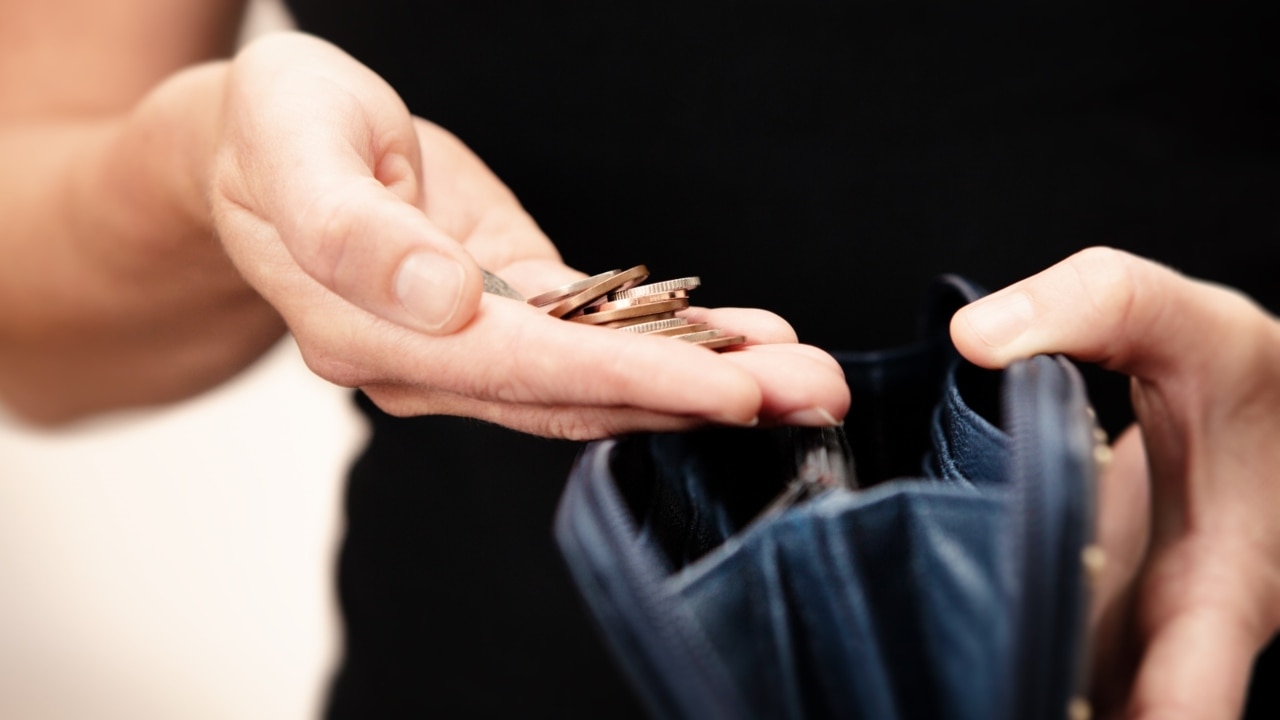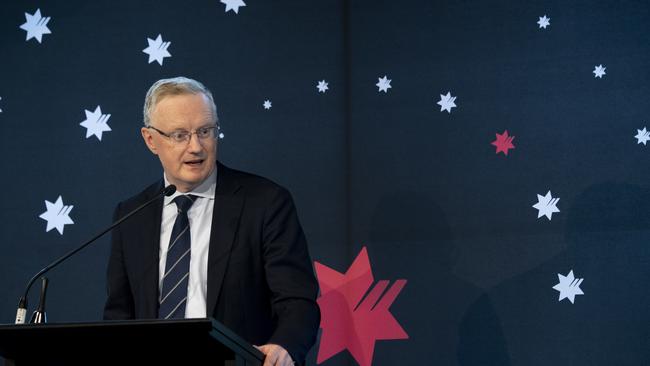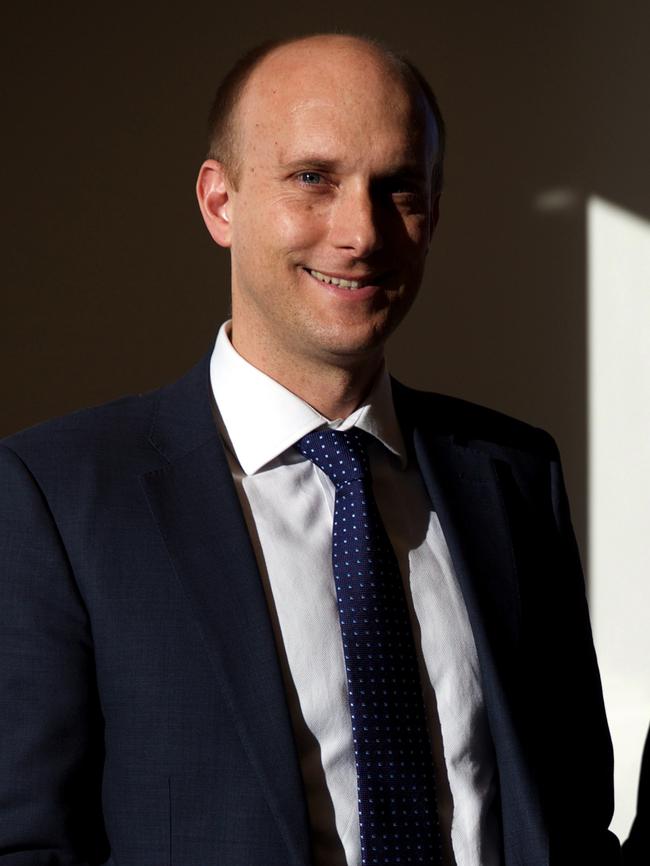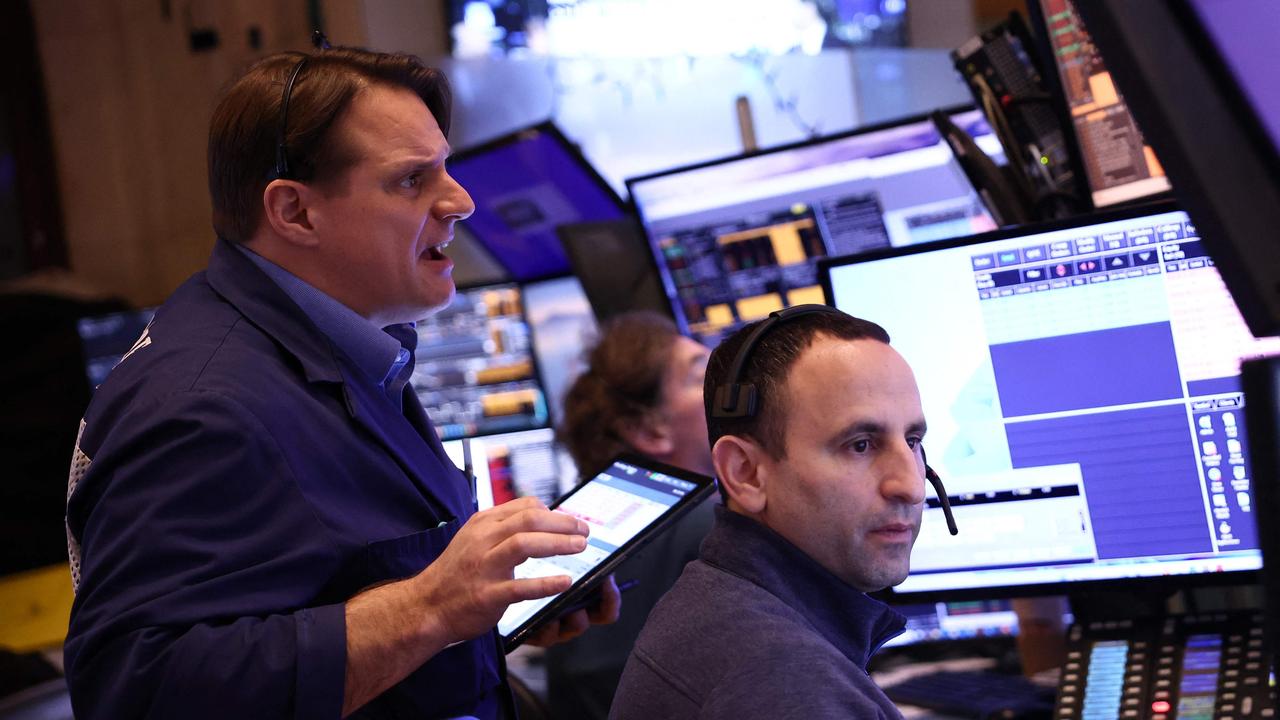Why things look a whole lot worse for home buyers
The outlook for house prices and shares has worsened on the back of inflation expectations data and the realisation the Reserve Bank isn’t ready to slow the pace of interest rate rises.

The outlook for house prices and shares worsened this week as interest rate expectations rose on the back of economic data showing inflation expectations will be harder to budge in Australia and the US, and the Reserve Bank indicated that it’s not ready to slow the pace of interest rate hikes.
By the end of the week, the money market had priced in a 72 per cent chance of another 50 basis point lift in the official cash rate to 2.85 per cent in October and a “terminal rate” of 3.95 per cent in mid-2023. The three-year Commonwealth government bond yield hit a three-month high of 3.44 per cent, reflecting expectations of limited potential for rate cuts by 2025.
It was a significant shift from a week ago, when the market saw only a 5 per cent chance of a 50bp hike next month and a 3.62 per cent terminal rate, and the three-year bond yield was about 30bp lower, following RBA governor Lowe’s Anika Foundation speech in which he said: “The case for a slower pace of increase in interest rates becomes stronger as the level of the cash rate rises.”

Lowe also said: “How high interest rates need to go and how quickly we get there will be guided by the incoming data and the evolving outlook for inflation and the labour market.”
The S&P/ASX 200 share index fell 1.4 per cent to 6747 points – its lowest weekly close in the past two months – after falling as much as 4 per cent from a two-week high seen before the release of disconcerting US CPI data. The Australian dollar bounced off a two-year low as domestic rate hike expectations firmed, while the Australian 10-year bond yield rose 14bp to 3.72 per cent.
NAB’s monthly business survey for August showed no sign of a slowdown despite the most aggressive interest rate hiking cycle in history, with business conditions and confidence running well above average levels and final production prices continuing to rise by 3.3 per cent quarter-on-quarter.
September labour force data showed unemployment ticked up from a five decade low to 3.5 per cent, a level which the Lowe said, in Friday’s parliamentary testimony, made it very difficult for companies to find workers. It’s a level of unemployment he was “doubtful” could be sustained.
But the disconcerting highlight of the week was higher-than-expected US inflation data, particularly the “core” measures of CPI, which rebounded strongly toward recent four-decade highs.
NAB boosted its expectation for the size of an October interest rate hike by the RBA to 50bp basis points from 25 in light of recent data and Lowe’s Parliamentary testimony, while continuing to expect a 25bp hike in November taking the cash rate to a “mildly contractionary” setting of 3.1 per cent.
“We still expect the RBA to pause the hiking cycle after November to assess the impact of rate hikes taken across 2022 and the evolution of inflation, the labour market, and the economy,” said NAB economists led by Alan Oster.
“We continue to expect GDP growth to slow in 2023 as higher rates weigh on consumers.”
They noted that recent data continued to show elevated price pressures and resilient consumption, with the NAB Business Survey suggesting business conditions remained elevated through August and price measures in the survey pointing to another strong inflation print in the September quarter, and August labour force data showing the jobs market “remains very tight”.

In his parliamentary testimony, Lowe said: “The general inflation psychology appears to be shifting; it is easier for firms to put their prices up and the public is more accepting of this.”
In his Anika speech, he said this inflation psychology was “something to watch”.
“To us this is a significant shift and suggests increased concern that more needs to be done to keep inflation expectations anchored,” NAB economists said.
Similarly, UBS Australia chief economist George Tharenou revised up his forecast of the peak or “terminal rate” of cash in Australia to 3.1 per cent from 2.85 per cent after Lowe’s testimony.
“Importantly, for neutral rates, Lowe was hawkish, saying he expects positive real rates, above their inflation target mid-point of 2.5 per cent,” Tharenou said.
He noted Dr Lowe’s comments that “we’ll cycle around some number between 2.5 and 3.5 per cent” (for the cash rate) and “we’re closer now to that…we’re 2.35 per cent, so we’re getting to that range that you think is normal, but probably still on the low side”.

“Hence, it now appears more likely the RBA hikes to a higher peak than we previously expected,” Mr Tharenou says. “Meanwhile, UBS global economics also materially revised up forecasts in recent weeks for the expected peak in central bank rates.”
He therefore saw the RBA hiking 25bp at each of the next three meetings.
Tharenou still saw 50bp of rate cuts in the second half of 2023 – to 2.60 per cent – but said cuts “remains conditional on the UBS global view of inflation dropping to about 2 per cent on year by late-2023, seeing rate cuts by other major central banks.”
Goldman Sachs Australia chief economist Andrew Boak said Lowe’s testimony was “broadly consistent with the hawkish pricing in financial markets over the remainder of 2022”.
Market pricing projected a cash rate of around 3.35 per cent by the yearend.
“Absent some sort of global blow-up, a 50bp rate hike in October looks likely,” Boak said.
In the RBA’s semi-annual testimony before parliament, governor Lowe highlighted that ‘at some point’ it would be ‘appropriate’ to slow the pace of rate increases, but the RBA would consider a 25bp or 50bp hike that month, with the outcome determined by news on the global backdrop, the outlook for inflation and wages, and trends in domestic household spending.
“In our view, the insertion of the caveat ‘at some point’ suggests a deceleration in the pace of tightening,” said Goldman’s Boak.
“Alongside governor Lowe’s subsequent emphasis on the strength of the domestic data – he said the economy is ‘doing very well’ – and that policy settings were at the low end of his 2.5-3.5 per cent neutral rate estimate – we assess governor Lowe to have a preference for a 50bp hike in October.”







